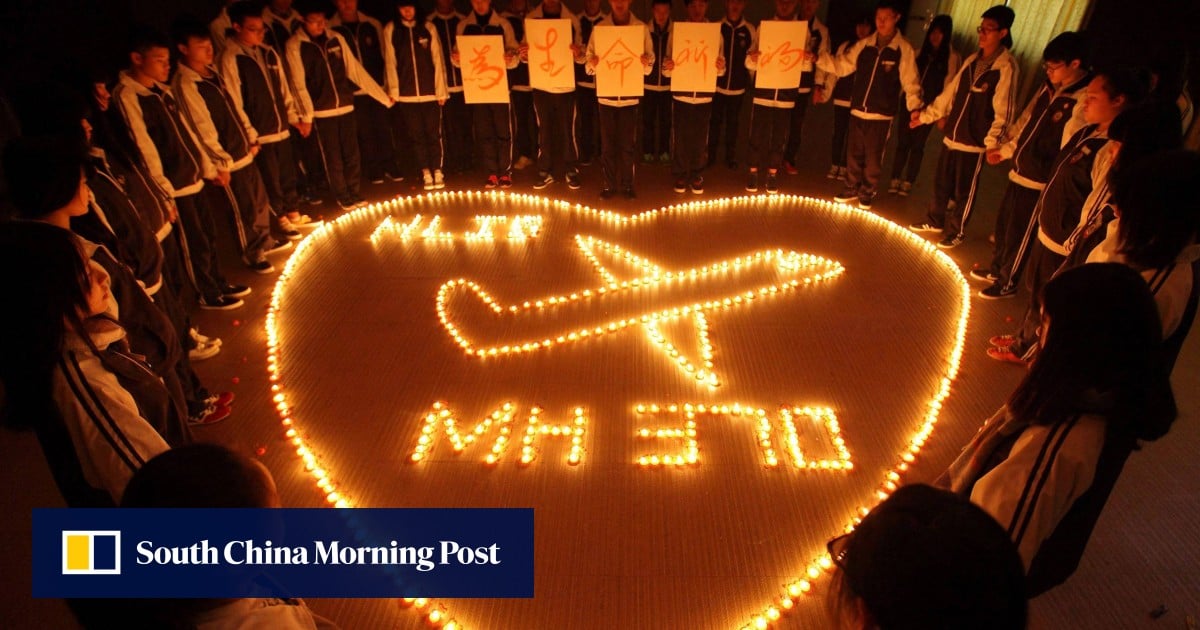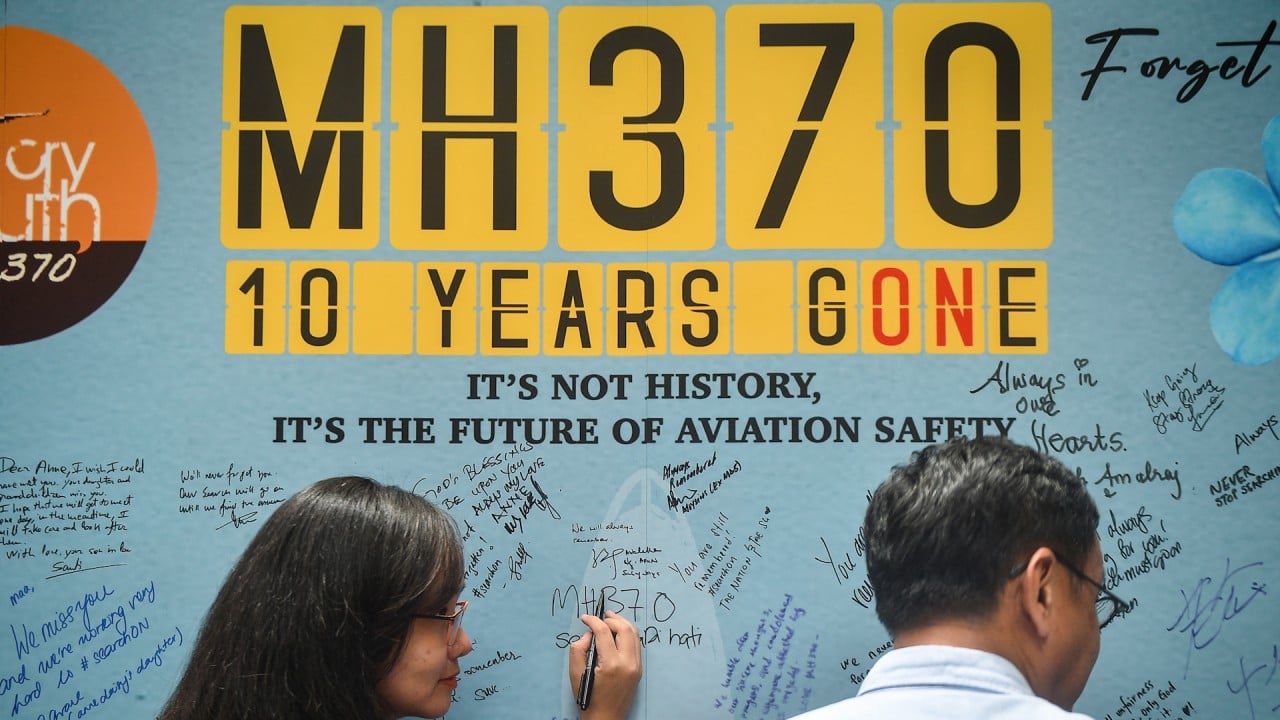A total of 239 people, including more than 150 Chinese and 50 Malaysians, were on board the aircraft when it disappeared while flying from Kuala Lumpur to Beijing on March 8, 2014, in what is considered one of aviation’s most haunting mysteries.
Days before the 10th anniversary this month, Malaysian Transport Minister Anthony Loke announced that a new search for the wreckage could be launched by US firm Ocean Infinity.
“I don’t want to give them a false hope that we can secure an answer,” Anwar said during a visit to Germany. “But I want to convince them that we are doing everything possible,” he added – even if it ended up costing “substantial funds.”
Flight MH370 10 years on: Malaysians unite in grief to remember the 239 on board
Flight MH370 10 years on: Malaysians unite in grief to remember the 239 on board
The premier, who was leader of the opposition in 2014, said he himself was mystified by the plane’s disappearance.
“I can’t understand, in this day and age, how a huge steel facility like that can just disappear,” Anwar said.
The firm’s search came after Malaysia, China and Australia ended a fruitless two-year, A$200 million (US$130.7 million) underwater hunt in January 2017 after finding no trace of the plane.
Debris confirmed or believed to be from the MH370 aircraft has washed up along the African coast and on islands in the Indian Ocean.
Malaysian investigators previously drew no conclusion about what happened on board the flight, but did not rule out the possibility that the aircraft had been deliberately taken off course.
Families of those on board continue to be haunted by the disappearance, lives lived for a decade in constant uncertainty.
“Now a decade later, I still ask myself the same questions. We still don’t know what happened,” said Grace Nathan, a Malaysian who organised a memorial for the victims last week and whose 56-year-old mother Anne Daisy was a passenger on the plane.
MH370’s disappearance triggered a scramble among global aviation regulators to upgrade safety measures.
Most airline operators have adopted enhanced location tracking systems on their planes that send out automatic pings every 15 minutes but the International Civil Aviation Organisation (ICAO) has had to twice postpone the implementation of a one-minute automatic distress tracking system to January next year.
Additional reporting by Reuters, SCMP’s Asia desk


